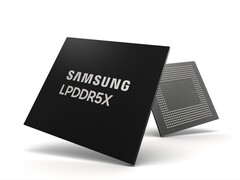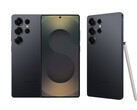Even though Samsung doesn't have much of a footprint in China's smartphone market, it's become an important memory chip supplier. A recent report says the South Korean tech giant shipped $44.6 billion worth of chips to China in 2023—topping the $42.1 billion it sent to the US—which marks a big 53.9 percent jump from $28.9 billion the previous year.
Part of the reason for this large spike is China's strong economic stimulus, which pumped over $20 billion into the market to stoke demand for newer gadgets. Thanks to that push, people have been swapping out their old phones and home appliances faster, boosting the need for memory chips from suppliers like Samsung and SK Hynix.
In China, Samsung mostly provides NAND flash, LPDDR memory, image sensors, and display driver ICs. Interestingly, the company follows a dual strategy: it focuses on older memory products for the Chinese market while saving its cutting-edge high-bandwidth memory (HBM) modules for Western buyers, such as those in the US.
However, industry experts warn that Samsung’s promising momentum in China could get hit by ongoing U.S.-imposed chip sanctions. Those sanctions might soon stop the company from selling some of its most advanced and lucrative memory products in China.
As tensions between the US and China keep rising, semiconductor players like Samsung have to deal with an increasingly complicated geopolitical setting. Even though Samsung remains a vital part of China’s tech supply chain, its success hinges on how well it adapts to shifting global trade regulations.
With China likely to keep its economic stimulus going and the semiconductor market heading into a rebound, Samsung may see even better results in China—assuming it can navigate the challenges posed by international trade restrictions.
Source(s)
SamMobile (in English)















